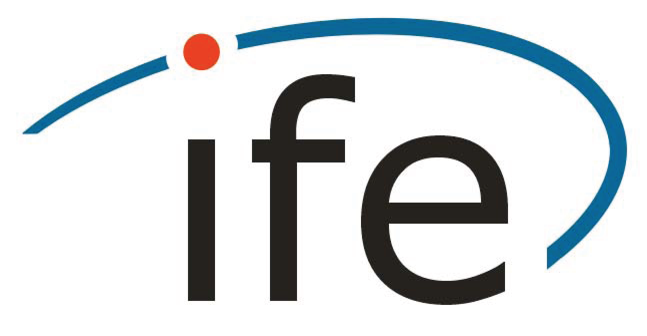Improved high-precision GNSS navigation with a passive hydrogen maser
- verfasst von
- Thomas Krawinkel, Steffen Schön
- Abstract
Receiver clock modeling (RCM) based on code observations requires a chip-scale atomic clock to improve the PVT solution. When using carrier phase observations, a more stable oscillator like a passive hydrogen maser (PHM) is necessary. We applied a PHM in an automotive experiment of about 80 minutes in an urban environment recording 10 Hz multi-GNSS data. Modeling the clock process noise in a linearized Kalman filter according to the spectral behavior of the PHM (i.e., RCM), improves position and velocity regarding precision and accuracy by 15% and 57%, respectively, as well as reliability by 30%. In situations with sparse, geometrically unfavorable observations, RCM prevents large position drifts. The convergence time of the carrier phase ambiguities is not affected. Conclusively, precision, accuracy, and reliability in kinematic precise point positioning can be improved by using an oscillator like a PHM. Future advancements in clock technology should make this approach more feasible for ordinary use cases.
- Organisationseinheit(en)
-
Institut für Erdmessung
- Typ
- Artikel
- Journal
- Navigation, Journal of the Institute of Navigation
- Band
- 68
- Seiten
- 799-814
- Anzahl der Seiten
- 16
- ISSN
- 0028-1522
- Publikationsdatum
- 01.12.2021
- Publikationsstatus
- Veröffentlicht
- Peer-reviewed
- Ja
- ASJC Scopus Sachgebiete
- Luft- und Raumfahrttechnik, Elektrotechnik und Elektronik
- Elektronische Version(en)
-
https://doi.org/10.1002/navi.444 (Zugang:
Offen)




